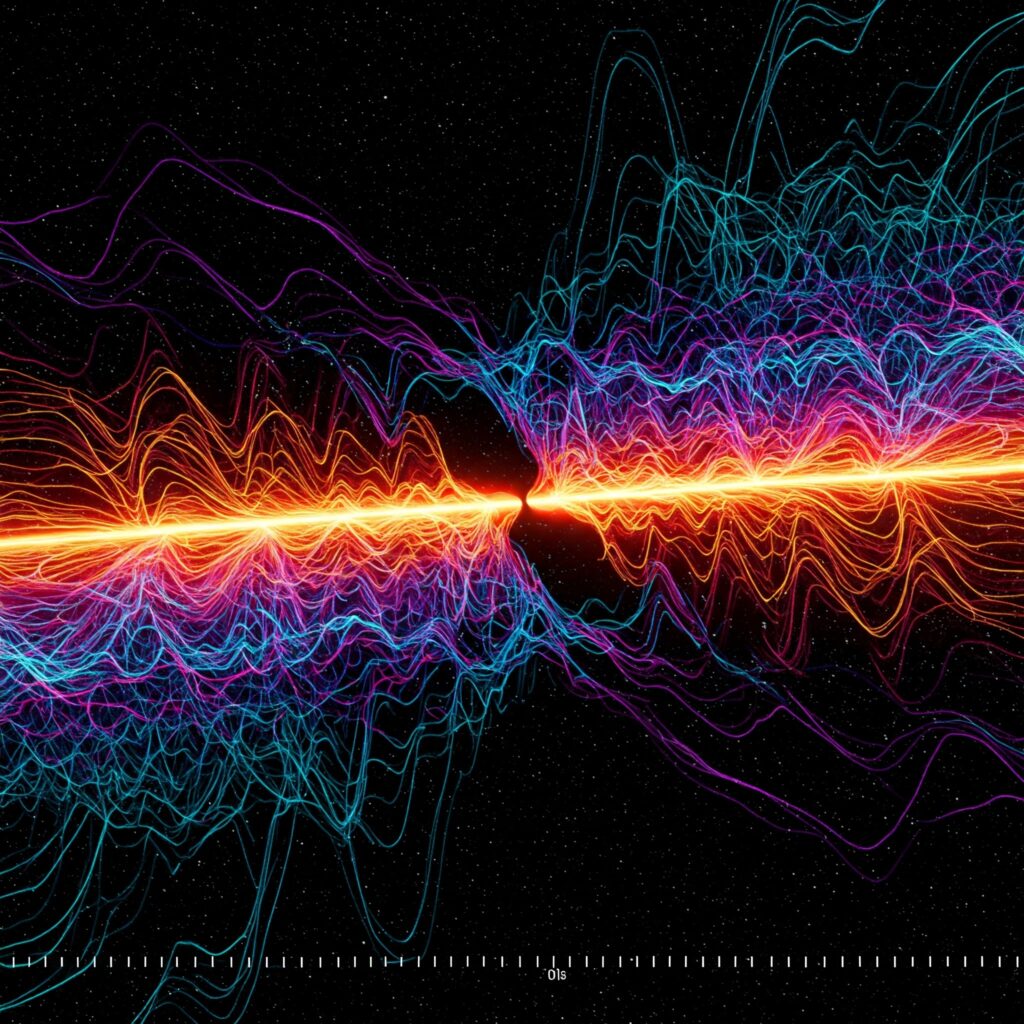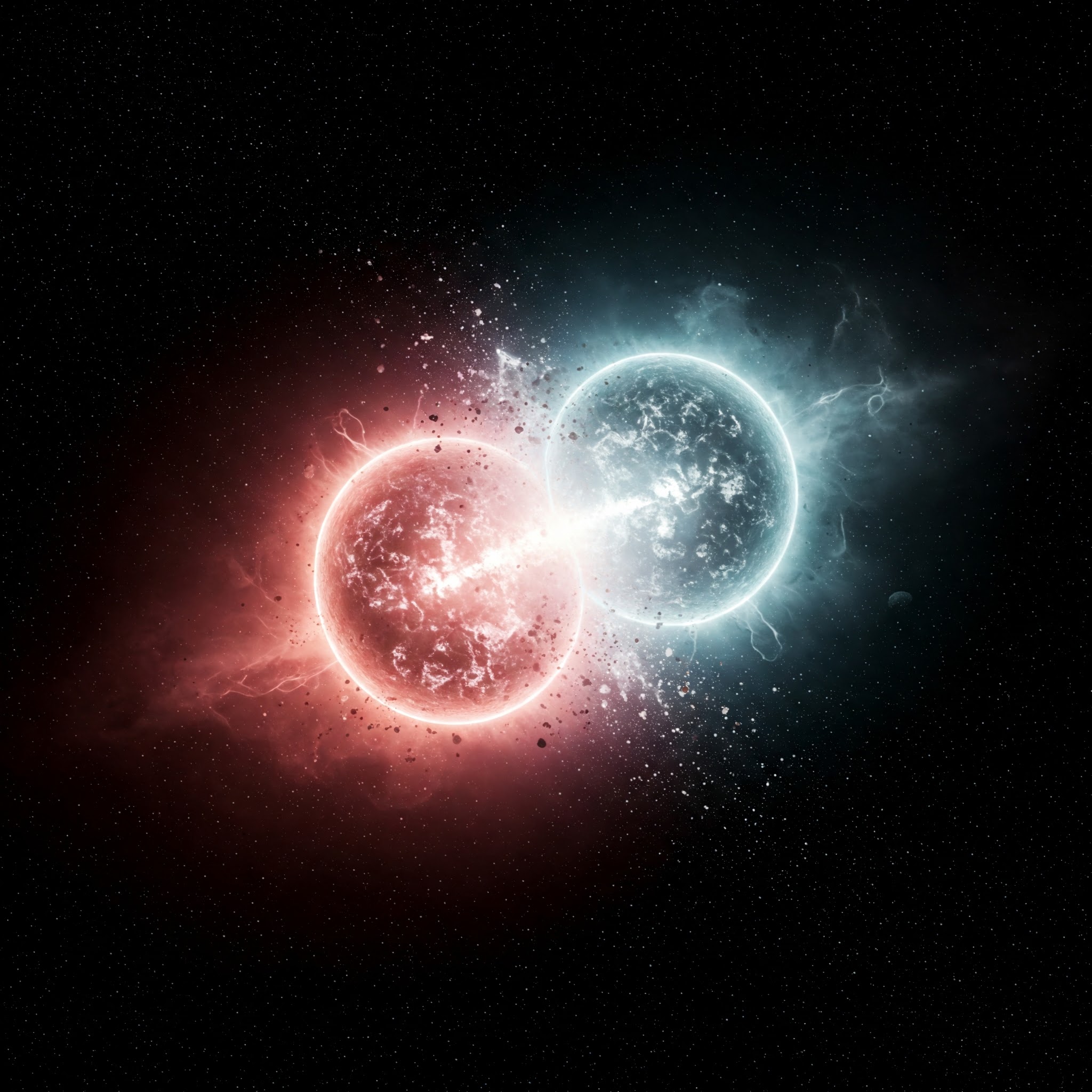Introduction
In a groundbreaking development, artificial intelligence (AI) is now transforming the way scientists analyze neutron star collisions—one of the most violent and complex events in the universe. As of 2025, AI-powered tools are enabling astronomers to process vast amounts of data faster and more accurately than ever before. This advancement is accelerating discoveries in astrophysics, helping researchers understand gravitational waves, dense matter, and the fundamental laws of physics.
What Are Neutron Star Collisions?
Neutron stars are the ultra-dense remnants of supernovae—stars that exploded after exhausting their nuclear fuel. When two neutron stars spiral toward each other and collide, they release intense gravitational waves and electromagnetic radiation, such as gamma-ray bursts. These cosmic events are rare but incredibly rich in scientific data.
However, analyzing the aftermath of such collisions requires parsing through enormous datasets collected by observatories like LIGO, Virgo, and the James Webb Space Telescope. This is where AI becomes a game-changer.
How AI Enhances Neutron Star Research
Artificial intelligence models, particularly deep learning networks, are now used to detect, classify, and analyze the signals generated by neutron star mergers. Here’s how AI is making a difference:
- Faster Signal Detection: Traditional methods take days to sift through data. AI reduces this to minutes.
- Improved Accuracy: Machine learning algorithms can distinguish between real cosmic events and background noise with high precision.
- Automated Classification: AI helps categorize the type of collision and its physical parameters without manual intervention.
- Real-Time Alerts: When a gravitational wave is detected, AI can send out alerts to other observatories for follow-up observation.
Recent Breakthroughs in 2025

In early 2025, a global team of astrophysicists using AI successfully analyzed a neutron star collision just 45 seconds after initial detection. This marked the fastest-ever public alert and allowed telescopes worldwide to capture the event in unprecedented detail.
Another major win: AI identified a previously overlooked low-mass merger from 2023 data, revealing new insights into how elements like gold and platinum are formed during these cosmic explosions.
Why This Matters for Science
Neutron star collisions are cosmic laboratories. They offer clues about:
- Gravitational waves, confirming Einstein’s General Theory of Relativity
- Dense matter physics, helping us understand matter at nuclear densities
- Heavy element formation, explaining the origin of elements in the periodic table
AI allows scientists to study these phenomena at a scale and speed that was previously impossible.
Global Collaboration and AI
Institutions from NASA, the European Space Agency (ESA), and research universities are now using shared AI models hosted on cloud platforms. This collaborative ecosystem ensures that findings are rapidly peer-reviewed and made available to the global scientific community.
Cloud-based AI tools also democratize access to research, enabling smaller observatories to contribute valuable observations without needing expensive infrastructure.
Looking Ahead
The future of neutron star analysis lies in hybrid AI systems that combine machine learning with traditional astrophysics models. These systems will provide even deeper insights into the structure of spacetime and the physics of extreme environments.
Moreover, researchers are working on AI-enhanced simulations, which can predict neutron star behavior and improve the sensitivity of gravitational wave detectors.
Conclusion
AI is revolutionizing how we study the universe. From identifying neutron star collisions in real-time to extracting deep insights from chaotic cosmic data, artificial intelligence is proving essential in modern astrophysics. As our tools evolve, so too will our understanding of the cosmos—powered by the precision and speed of machine learning.
